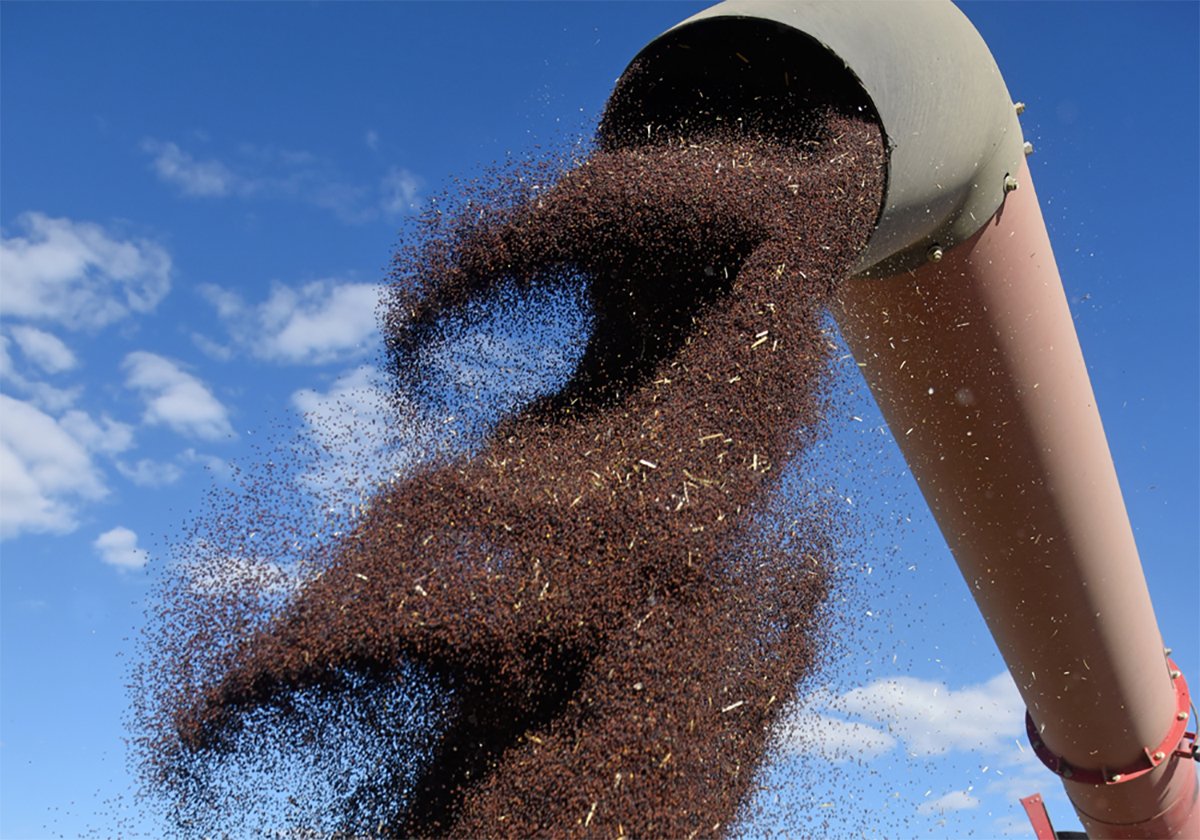Taber, Alta., bean growers snared by high freight rates could lose a lucrative contract with a Colorado company.
Working with the Taber Seed Cleaning Co-op, the farmers were shipping dry pinto beans to a customer in Greeley, Colo., but when the freight bill increased to $5,400 US per car in April 2006 from $3,443, the buyer said it may go elsewhere because the cost was so high.
“We have to be able to compete with the open market and we can’t afford to ship to Colorado,” said Joe Hanson of the co-operative. “The U.S. is looking at pulling out of here.”
Read Also

Ag minister says tariff situation with China is fragile, volatile
Agriculture ministers from across Canada said they heard canola producers’ concerns about tariffs but it seems unlikely they can do much about them.
Growers were approached with a contract several years ago to ship dry beans from about 5,000 acres. Farmer Jerry Sebok said it provided about $2 million worth of income to the producers involved.
“Farming is nip and tuck right now, never mind having more taken off your cheque,” he said.
The group thought Canadian Pacific Railway was responsible for the higher rates, but CPR spokesperson Ed Greenberg said that was not the case.
While Greenberg called it an unfortunate situation, he said the problem resulted because the Alberta farmers were shipping at the old rate structure with Union Pacific Railway.
“CPR hasn’t raised any rates. It is just in the impacts of service changes with another carrier in the United States….,” he said.
“All other customers shipping to Greeley, Colo., are using the current published tariff rate with Union Pacific. This is the only customer that was shipping under the discounted rate with the Burlington Northern Santa Fe rate structure.”
Pulse Canada officials agreed the situation is unfortunate, especially for a small shipper.
“It is a micro problem the industry deals with every day in the larger markets around the world with competition, the cost of freight, tariffs and non-tariff barriers,” said Greg Cherewk, director of market development with Pulse Canada.
“They are always changing the rules of the game.”
The rising Canadian dollar, increased fuel costs, strong competition in the market and ancillary charges can remove a group from the picture, added Pulse Canada chief executive officer Gordon Bacon.
Ancillary costs can take many forms but are intended to recover rising or constantly fluctuating costs that are beyond the carrier’s control.
They are typically broken out from base rates to specifically address the effects of increased costs on carrier operations, as opposed to the value of particular transportation services provided to a particular commodity or market.
Surcharges are floating charges adjusted on a regular basis to reflect costs that are in constant flux, such as currency rates or world marine fuel prices.
“We are not the only supplier in the world and we have to be competitive with other suppliers at a landed price, whether you are talking at a port in Germany or an inland location like Colorado,” Bacon said.
The situation has affected the pulse sector as well as other commodities.
“That is life in the commodity business,” he said.
“That is just an example and there are probably countless other ones where changes in cost structures in the supply chain will ultimately reduce their profit or make it unprofitable where they don’t want to do the business.”















